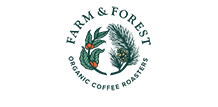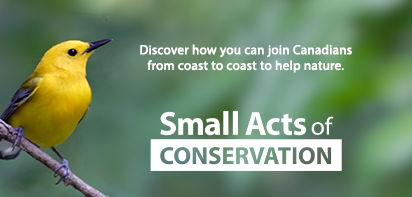Rolling hills makes for great habitat in Quebec

Green Cascades, Covey Hill, Quebec (Photo by David M. Green)
Deep in the rolling knolls of Covey Hill, a haven for wildlife along the Canada-U.S. border, underground water sources are bursting through the land’s surface. These yawning streams and rivers provide habitat for some of Canada’s most elusive species, including the Allegheny mountain dusky salamander.
This salamander is only found in two places in Canada: Covey Hill in Montérégie (Great Lakes/St. Lawrence Population) and near the Niagara Escarpment in Ontario (Carolinian population). In Quebec, this species has been designated as threatened by the Committee on the Status of Endangered Wildlife in Canada and added to the Species at Risk List.
The Allegheny mountain dusky salamander has no lungs. Instead, it breathes through its skin and palate. It is a stream salamander; the water where the species lives are important to protect, to ensure this species has a place to find food, reproduce and move around.
This species is very sensitive to changes in its habitat, including changes in stream flow, water quality and quantity. Pollution also effects the survival of salamander larvae.
Not only is water important to the survival of these salamanders, but quality forest habitat and well-protected areas between water play a role, too.
Covey Hil is home to one of the Montérégie’s rare surviving unfragmented forests. Its trees grow in clusters that provid dense forest cover that shelters the pristine groundwater, protects ground humidity and prevents rising temperatures in the waters below. In addition, leaves and branches accumulated on the forest floor filter rainwater, while minimizing erosion and sedimentation that might otherwise affect the water quality of the streams inhabited by salamanders.
A 54-hectare (133-acre) peat bog on Covey Hill also helps sustain salamander populations. Rainwater is stored in between the layers of moss. This water has collected over thousands of years and contributes to overall water flow in the area. This is particularly important during periods of drought.
Through conservation agreements, donations and the sale of property to NCC, several families have already helped protect 1,700 acres (683 hectares) on Covey Hill. NCC and its partners continue to monitor salamander populations on Covey Hill. The partners are also studying how peatlands affect water flow and influence habitat for these species.
To learn more about Covey Hill, click here.




